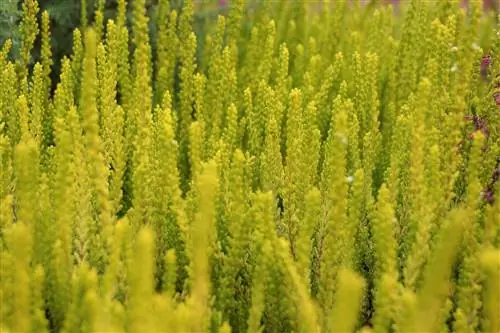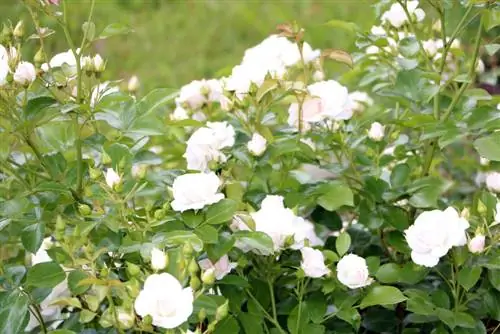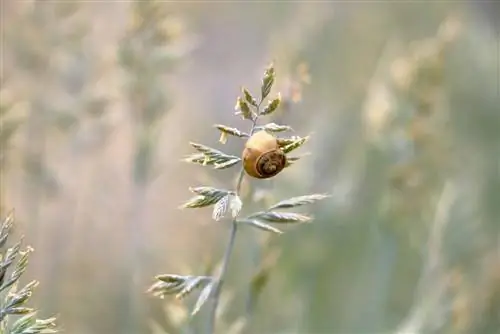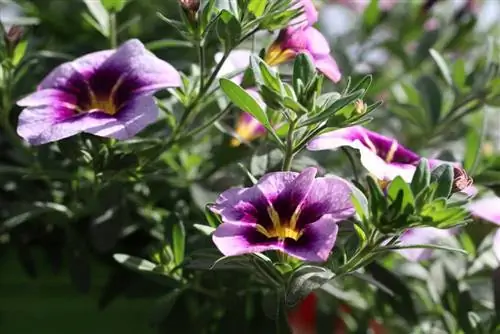- Author admin [email protected].
- Public 2023-12-17 03:39.
- Last modified 2025-01-24 12:45.
The easy-care summer heather can stay outdoors to overwinter. However, the place should be very bright but without direct sunlight. On frost-free days, the common heather can be provided with a little water.
Diseases and pests
There is the heather leaf beetle that eats the shoot tips of the plant. However, with a little nettle liquid you can largely drive away the beetle.
What you should know about Besenheide in brief
- The Calluna is one of the heather plants that can visually enhance any garden.
- The common heather is ideal for heather gardens, slopes and dunes.
- The plant is easy to care for and can overwinter outdoors.
- It is often also referred to as broom heather and is recognizable by its stocky growth habit.
- The heather is a beautiful plant that also grows to a height of 90 cm.
- However, there is a risk that it will become heavily woody at lower altitudes.
That's why it's very important to cut back the calluna immediately after flowering. This is the only way to ensure new growth in the usual abundance. Otherwise the bush will become bare from below because no new shoots can grow out of the old wood.
- These plants bloom in late summer and extend well into autumn.
- Some species can also bloom all winter long. This is possible because the flowers do not open.
- It prefers slightly nutrient-rich soil in full sun.
- This should be moist and lime-free, but should never become waterlogged.
- But sandy soils are also welcome.
- The plants also feel at home in moors or open forest areas.
Naturally, the Calluna is widespread throughout Europe, primarily in Central and Northern Europe. After the Scots introduced it to Canada, it also spread throughout North America. When designing a bed with Calluna, you should put as many similar plants as possible on a bed in order to achieve an appropriate aesthetic effect. However, care must be taken to plant the plants as far apart as possible, ideally at a distance of about 10 cm. This way they can stay airy and the dreaded fungal infestation cannot form.






